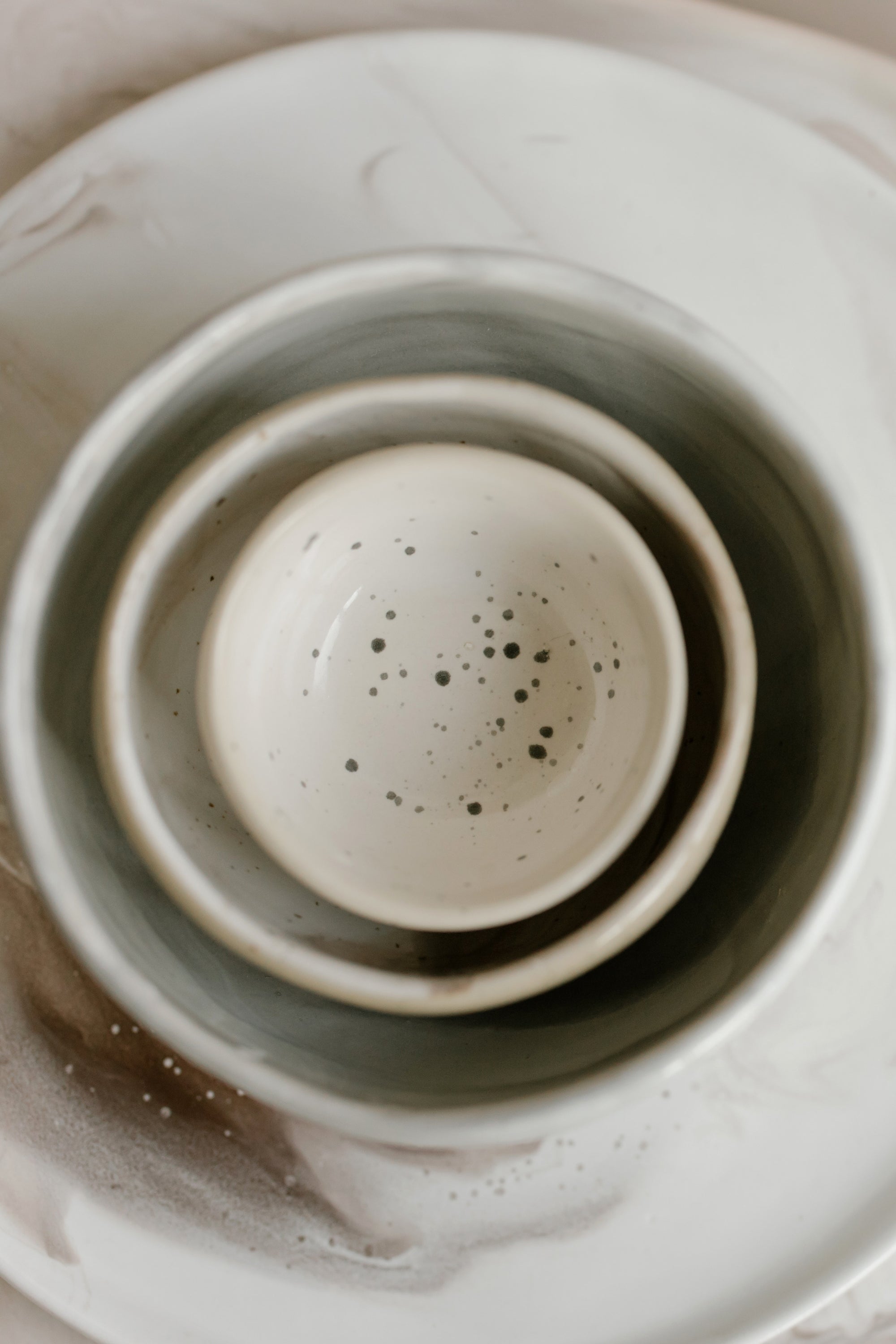Ceramic’s History:
Ceramic water filtration has a very long history. It began in England on the bank of the Thames river. In 1827, Henry Doulton created the first water filters made from clay and other earth materials while working in his family’s pottery company.At the time, the Thames river was described as “offensive to the sight, disgusting to the imagination and destructive to the health”. It was full of raw sewage resulting in overwhelming cholera and typhoid epidemics. The Thames wasn’t unique either. Most fresh water sources around population centers suffered from the same issues.

A few years later, in 1835, after seeing the astounding results, Queen Victoria tasked Doulton with producing a ceramic filter for the royal family’s use. This capability increased immensely with Louis Pasteur’s groundbreaking research on bacteria in the 1850s. With it, Douton was able to create a ceramic filter made from diatomaceous earth resulting in a 99% removal of bacteria. That same method is still used today, but with our advancement in filtration media, technology and manufacturing processes, we have even more capable filters that offer exception filtration and very consistent construction.
The Most Significant Benefits:
There are numerous advantages to using ceramic filtration for your drinking water. We’re just going to mention our Top 5.
- Time Tested – It is not an exaggeration to say ceramic has the longest history of any filtration method. Over the last 200 years, it has been used successfully in nearly every environment possible.
- Contact Time – The quality of filtration is always a result of how long the filter has with the water. Because of how tight the ceramic pores are, the water is slowed running through it which allows for exceptional contaminant reduction. But, and this is a big but, it’s not so tight that it takes a long time to get a glass or pitcher of water like you would with Reverse Osmosis of Ultrafiltration.
- Cleanable – Unlike other styles of filters, you’ll see how well ceramic works. Over time, variable based on water quality and quantity used, a slimy coating will build up on the outside. This can be cleaned off with a simple scrubbing pad. Lightly scrub under running water and the gunk will come off bringing your ceramic back to performance like it was new. This give a longer filtration life than a filter that clogs and has to be tossed out.
- Bad Out, Good In – Ceramic is in a sense a smart filter. It allows the healthy minerals to pass through and only grabs the toxic bacteria, cysts, and other microorganisms. Any other filters with this level of protection (ie. Reverse osmosis) will remove all of the beneficial minerals and have to have them replaced afterwards via remineralization.
- No wasted water – Again, with filtration systems like reverse osmosis, you’d have to deal with a lot of wasted water via the membrane’s osmotic process. With ceramic, you won’t waste a thing.
For these reasons, ceramic is by far our most recommended filtration method for those who want high levels of performance. It’s just too convenient and effective to not say this is the one to use.
Our ceramic filters are Made in the USA and have been paired with a core of the most effective centaur carbon available. It’s capability has been tested across a wide range of chemical and biological contaminants and the results are superior. You can find them here along with a couple of videos showing how it functions and performs...even against bright red Gatorade.



